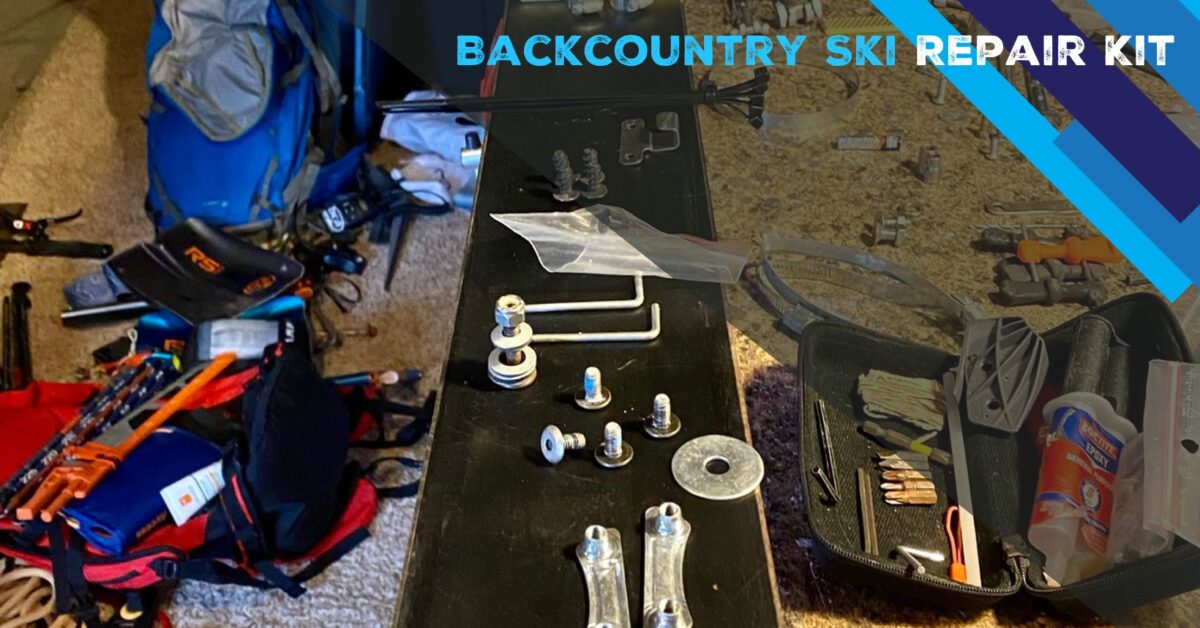
If you are heading into the hills this winter, it’s essential you have a backcountry ski repair kit with you. Let’s face it…gear and equipment break. It’s a normal side effect of pushing our personal limits and our gear as we explore the backcountry.
But when our gear breaks, we have to make sure we can repair it to avoid the dreaded unplanned shiver bivy and return safely to the trailhead and back home to warm food and drink.
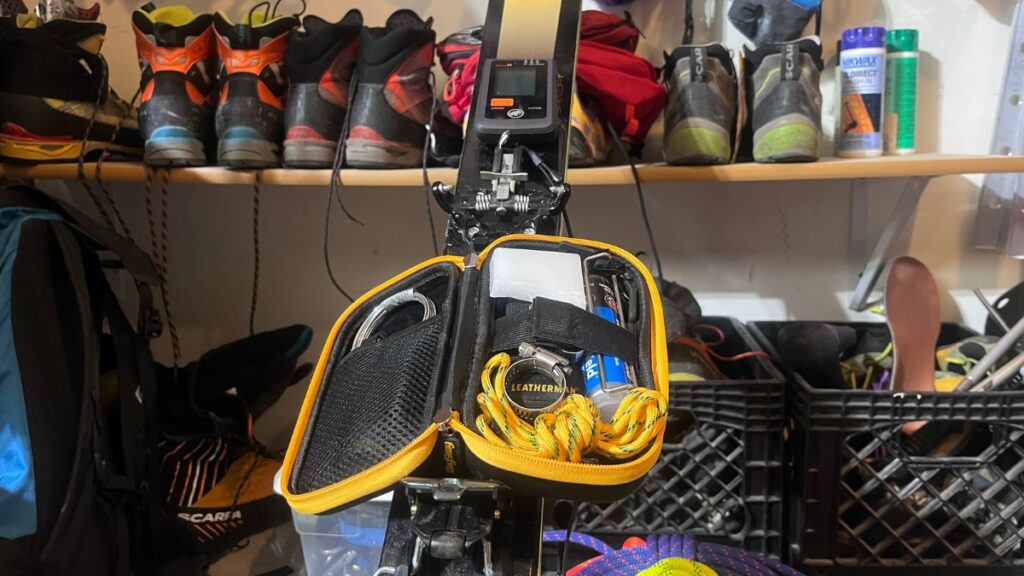
So here’s the scenario: you’ve had an amazing day out riding the backcountry of Colorado. You’ve gotten more laps in than you and your friends ever imagined. The snow is great and the temps are pleasant. However, as you make the final turn of the day and powder sprays over your head, you notice you only have one ski attached to your feet. Boot malfunction or a blown toe piece?
To be honest, it doesn’t matter. But, you’ve got to have the right tools in your backcountry ski repair kit to fix it.
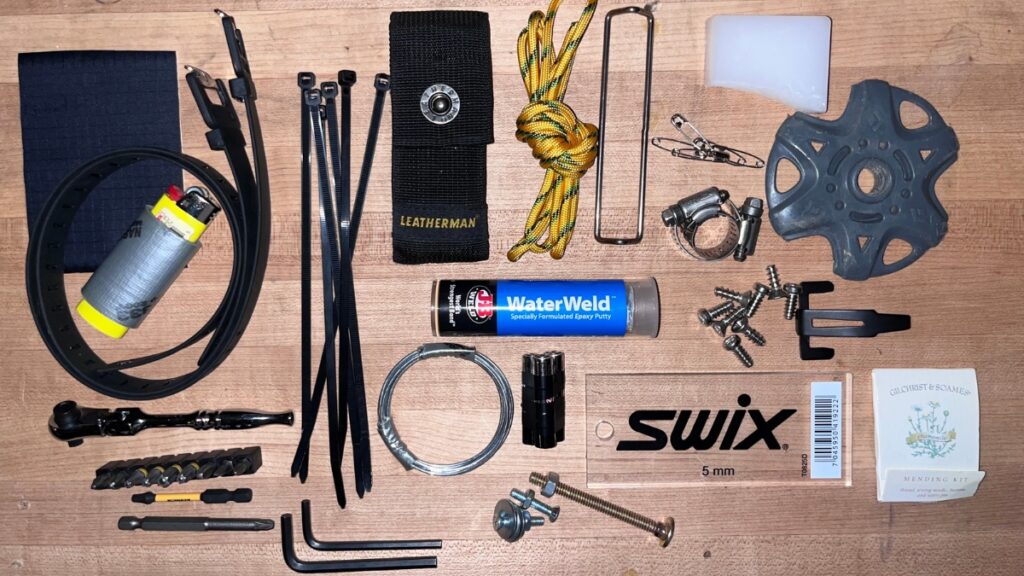
Just like a first aid or medical kit, a good backcountry ski repair kit will vary from person to person, the terrain you’re playing in, and whether or not you’re on an overnight trip versus a day trip.
Therefore, here are the essentials everyone should have in their repair kits. Not up to the challenge of creating your own repair kit? You can purchase pre-assembled repair kits from First Snow Designs for a modest price. Similarly, you can always add or take away as needed.
No matter how long you are planning to be in the backcountry, be sure to pack the following essential items in your kit. In addition, it’s important to also have a good tour plan as well as other backcountry essentials.
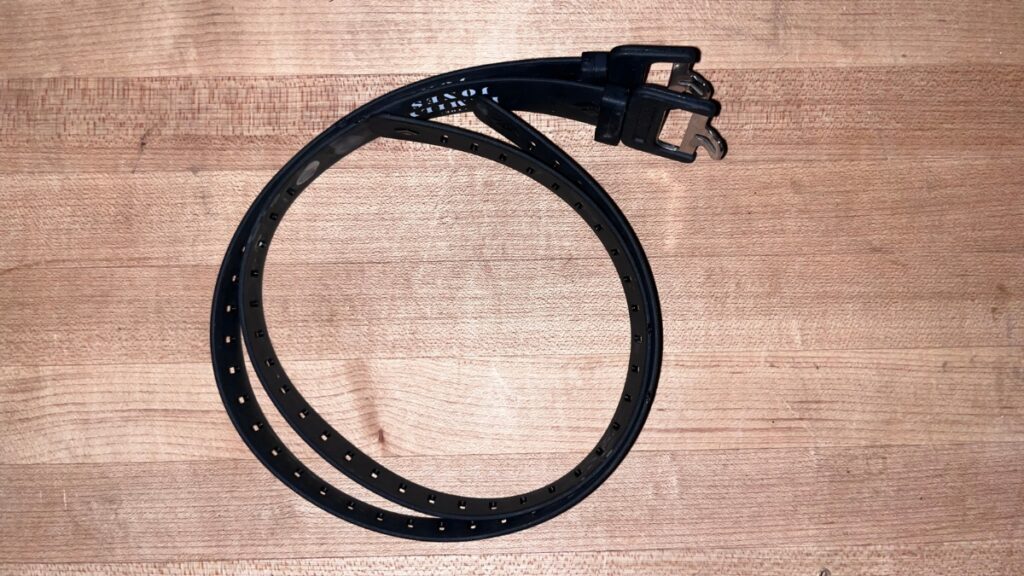
Ski Straps
So this is hands down one of the most versatile pieces of gear you can carry in your repair kit. 99% of the time the answer to a broken piece of gear is the ski strap! Carrying 3-4 ski straps is key.
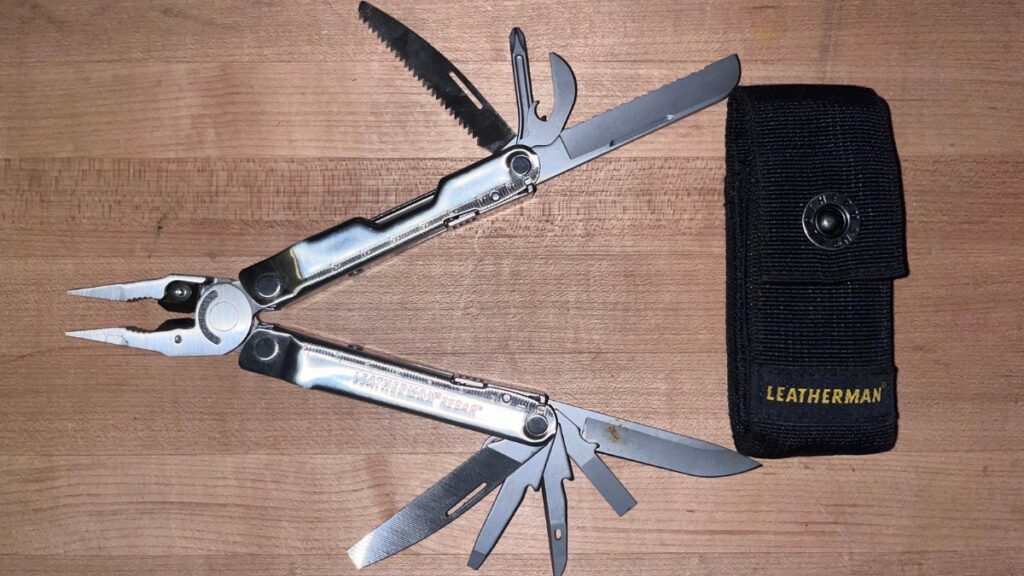
Multi-Tool
The name says it all. Be sure when selecting a multi-tool that it has pliers that can cut as well as a nice knife. Don’t skimp on weight here – you’re gonna need the torque. Moreover, it’s also important to have a file as part of the multi-tool.
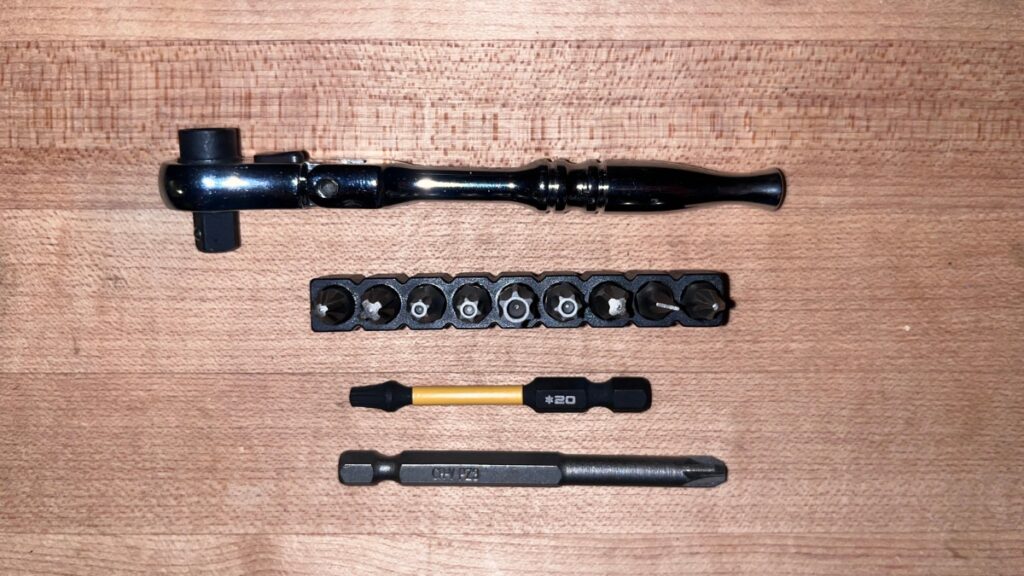
Binding Bit Driver
This one is key for binding maintenance. 1/4″ driver with an assortment of bits. Be sure to include an assortment of Torx bits as well as some Phillips and Flathead bits. Longer T20 and PZ3 bits are essential for those hard to reach spots.
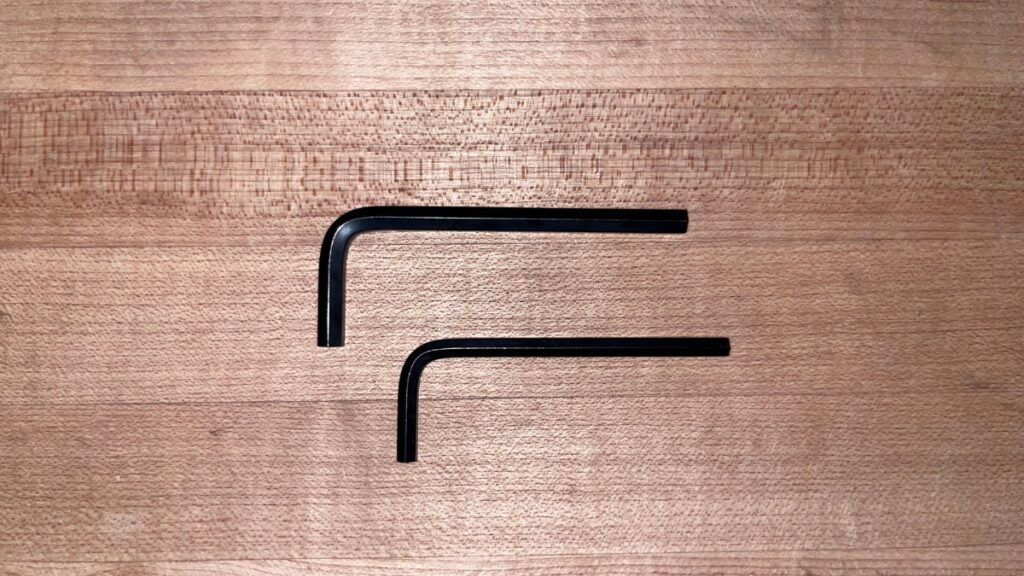
Hex Wrenches
4mm and 5mm allen wrenches tend to fit most backcountry setups. For instance, many boots have some type of bolt that requires a hex wrench.
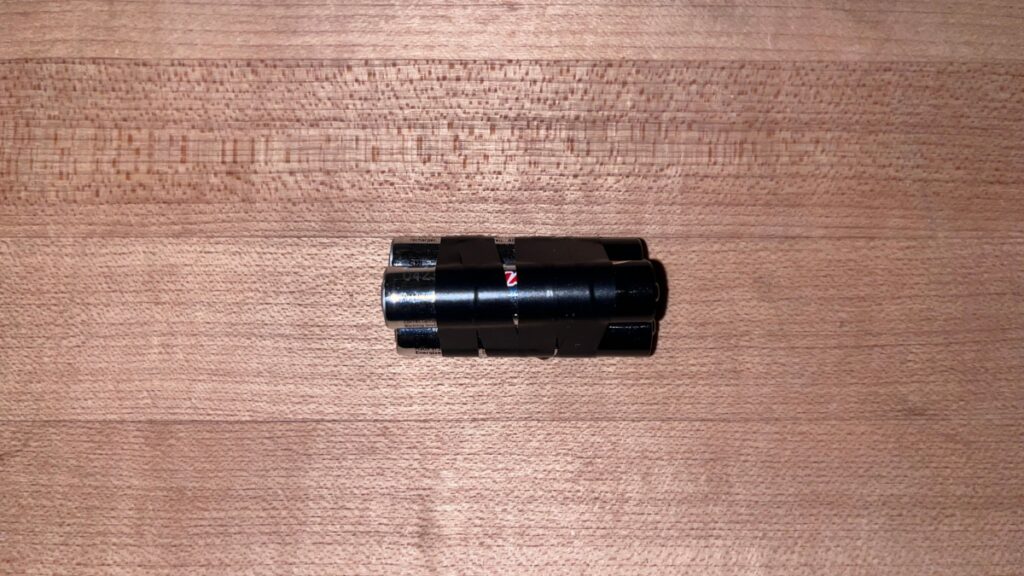
Spare Batteries
Almost every avalanche beacon on the market runs on AAA batteries. Many headlights do to. Therefore, having a few extra batteries in your repair kit can save the day.
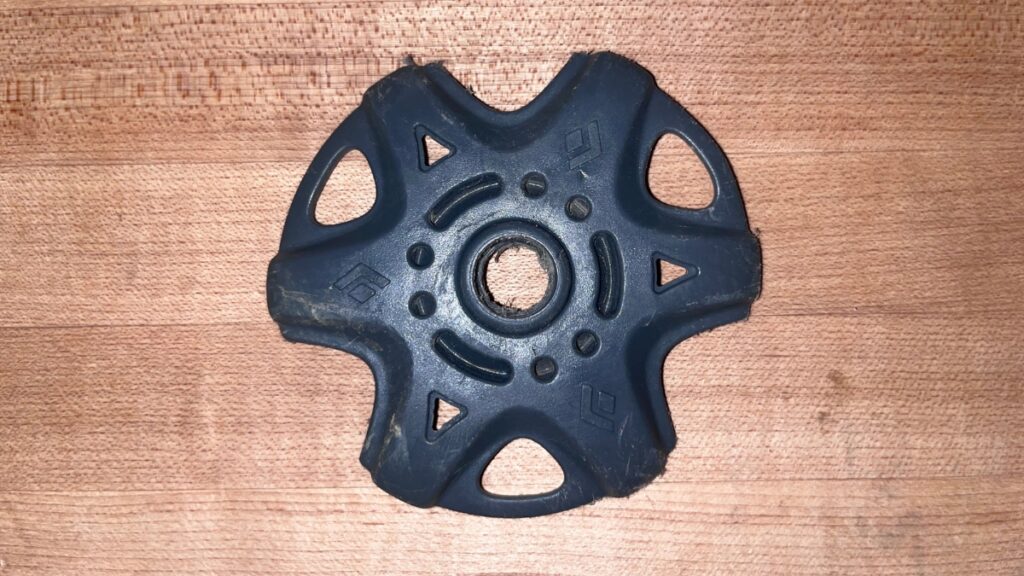
Powder Basket
Powder baskets are notorious for magically disappearing off ski poles. And without a basket, your pole is useless in the deep powder. One extra basket makes a great addition to any repair kit.
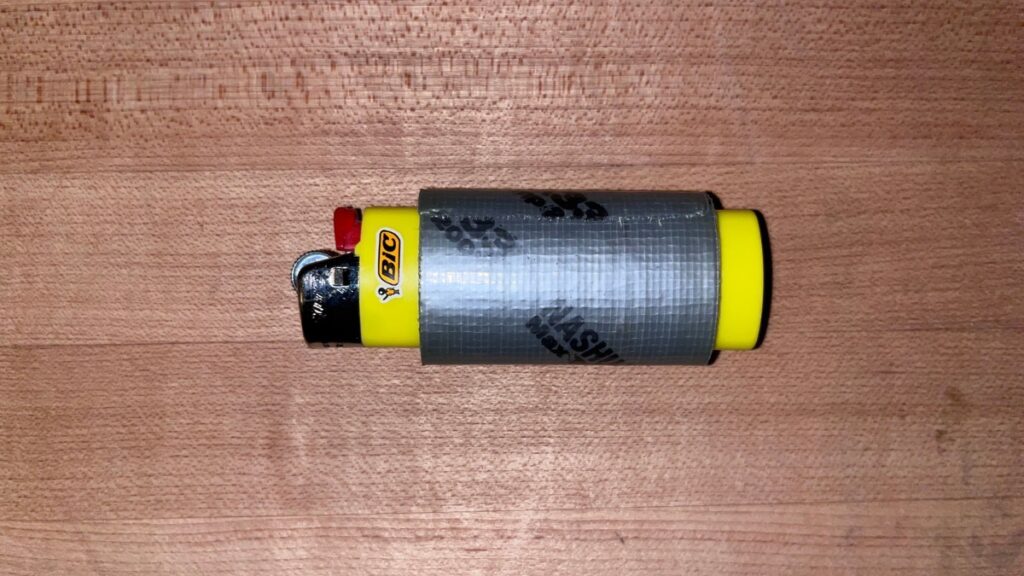
Lighter and Tape
The old Bic lighter wrapped in Duct tape is tried and true. The tape works well for almost any repair and the lighter can cauterize paracord. Above all, you can start a fire if things go wrong.
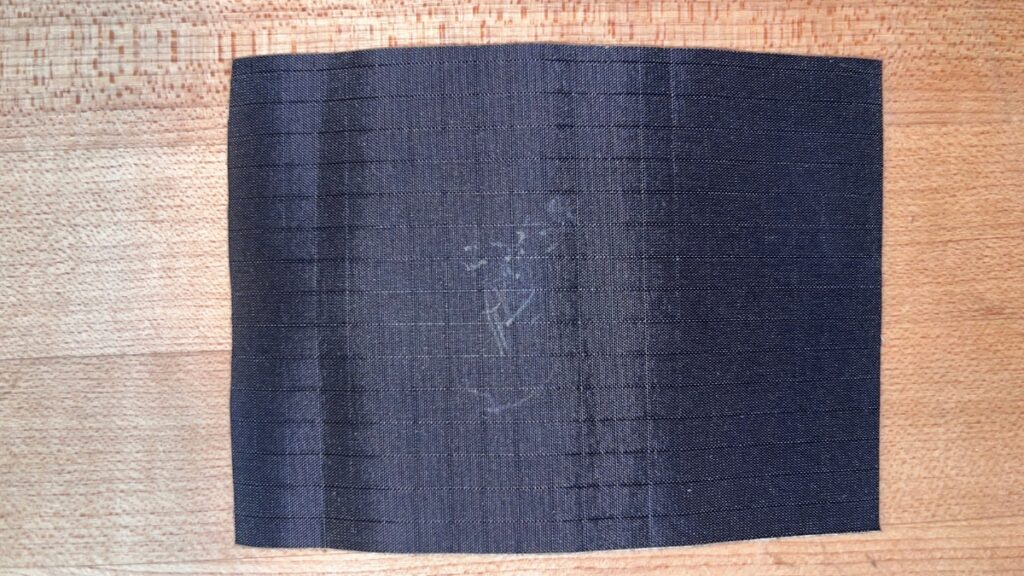
Nylon Patch
Self adhesive nylon patches are great for fixing holes in puffy layers or closing that hole in your backpack.
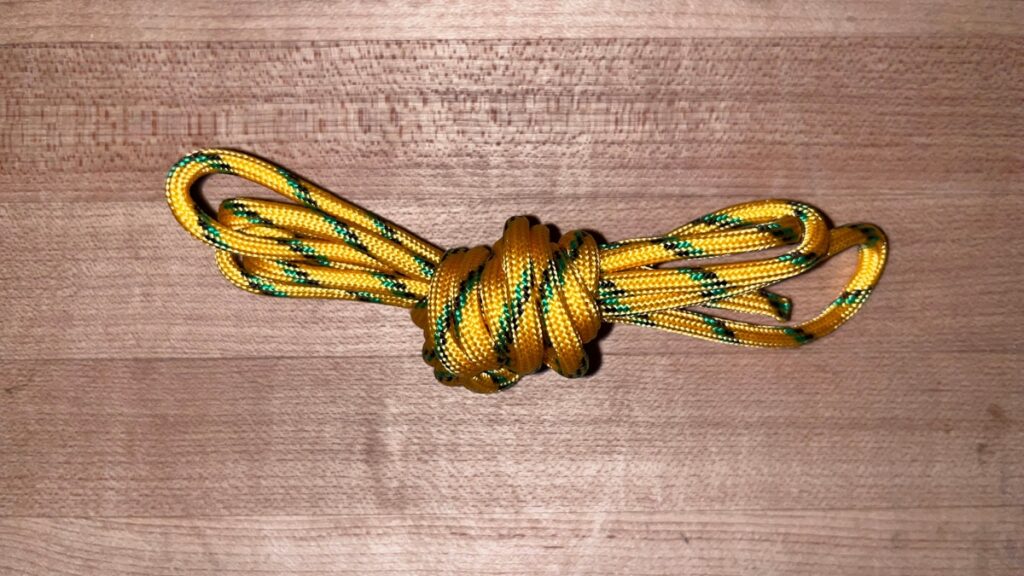
Paracord
Paracord is great for many different uses and can easily be cut to size. Lightweight and versatile. Be sure to include at least 3′ in your repair kit.
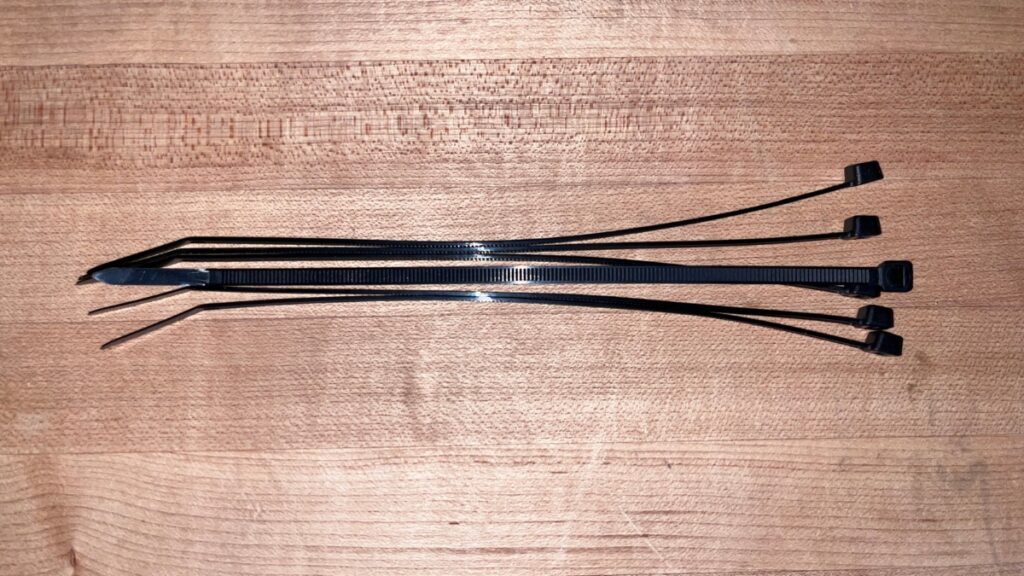
Zip Ties
Keeping a few of these in your backcountry ski repair kit is super handy and can fix all kinds of issues with gear. They are light and cheap. Six is a good number.
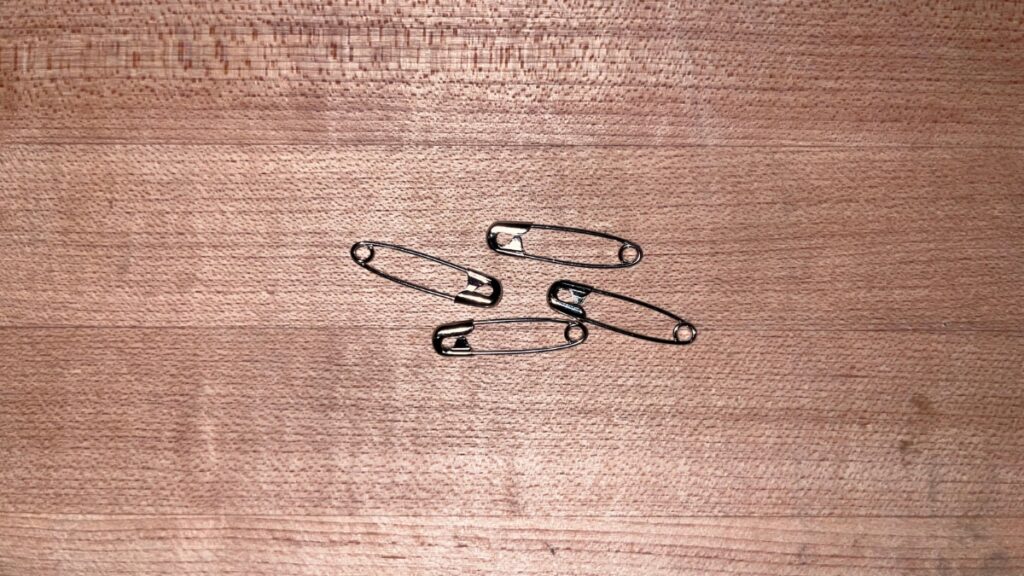
Safety Pins
Ever lost a zipper as you’re shredding down the mountain? Put a hole in your pack skiing through the tight trees? Keeping a few safety pins in your kit is a great idea.
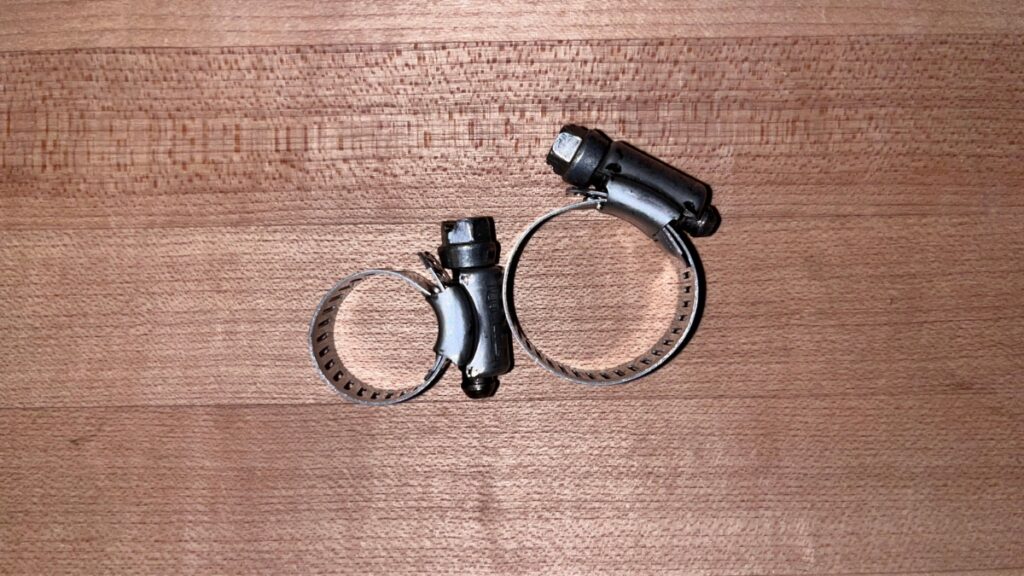
Hose Clamps
Two small 1″ hose clamps can help with broken ski poles, tent poles, or any other repair.
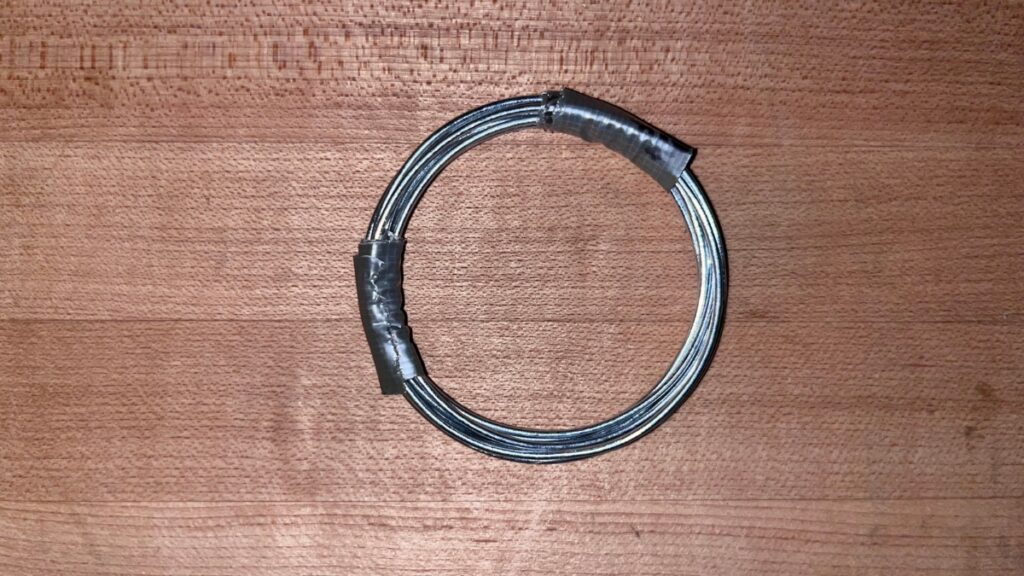
Baling Wire
Just like paracord but metal! Keep a couple foot section of this in your kit for ripped skin tip attachments, or where you need abrasion resistance. But be sure you wrap the cut end as it can be sharp.
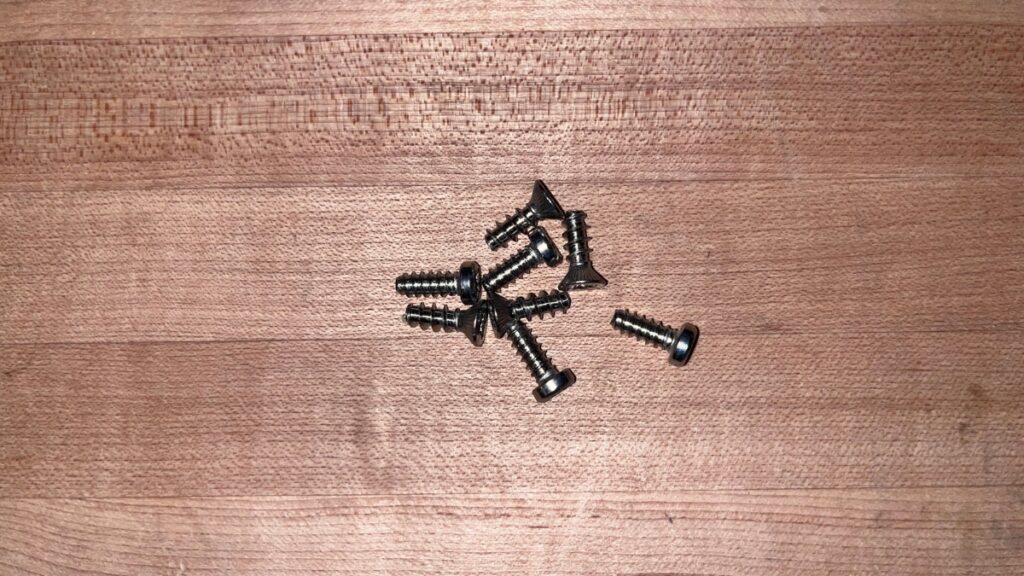
Binding Screws
An assortment of binding screws that work with your bindings as well as a few extras of differing lengths for others in your party. Likewise, ensure you have a couple of different screw-head styles.
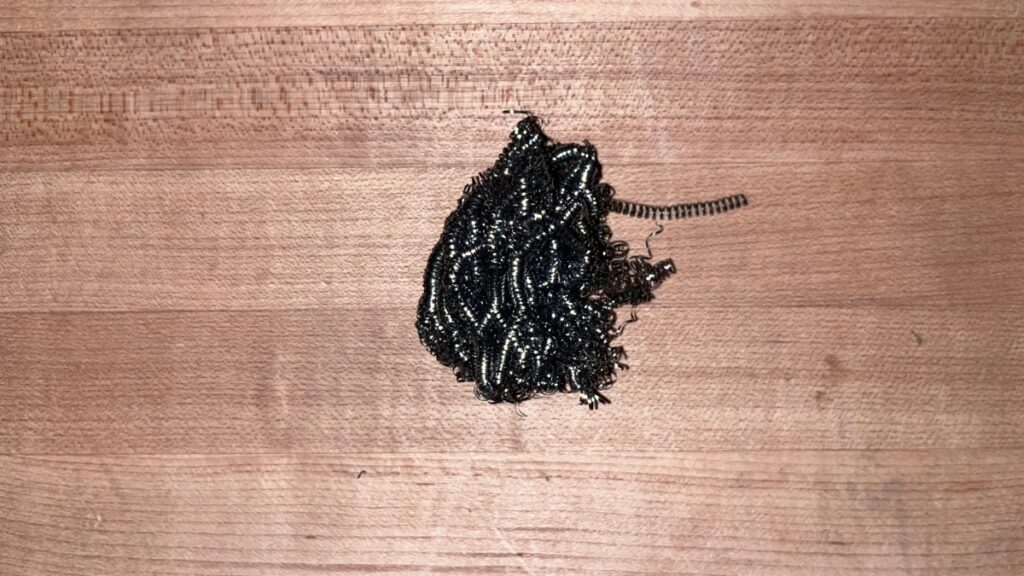
Steel Wool
Keeping a small amount of steel wool can help pack out blown out screw holes and also doubles as a fire starter should things go really south.
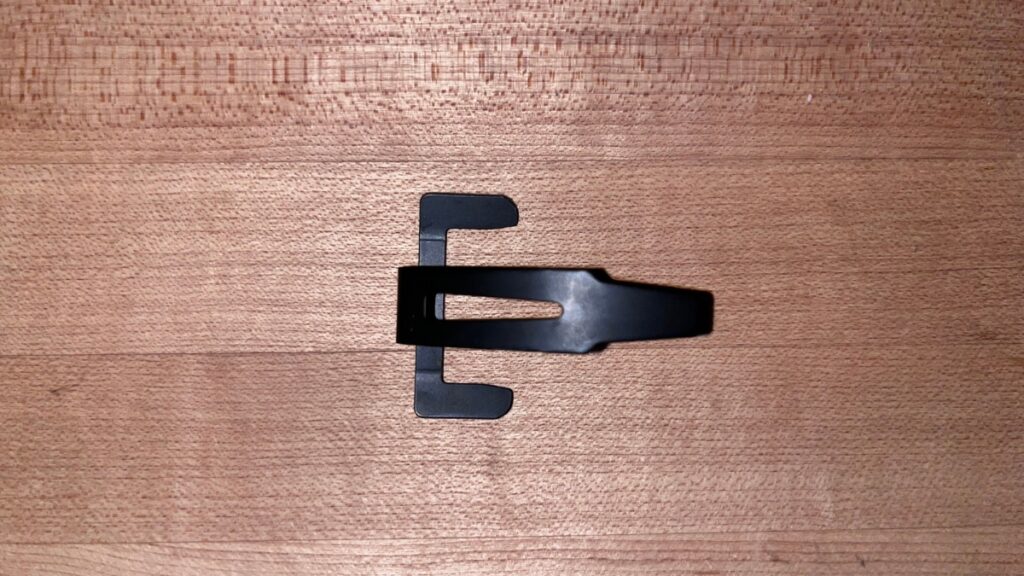
Tail Clip
Why improvise when you can just carry a spare? Having a spare tail clip for skins gets you back on stride faster!
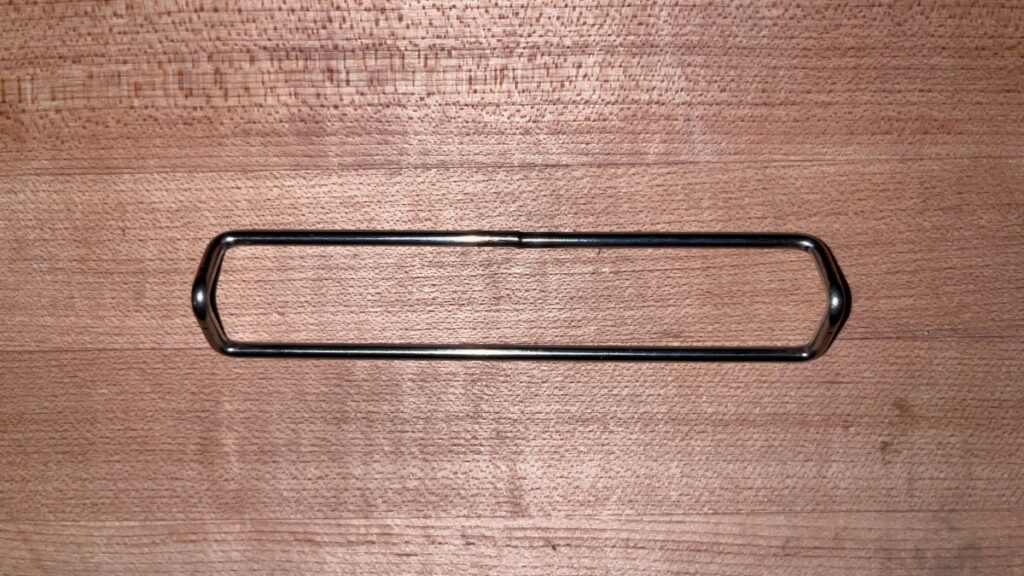
Skin Tip Loop
This is a great addition to a backcountry ski repair kit and is much easier than improvising.
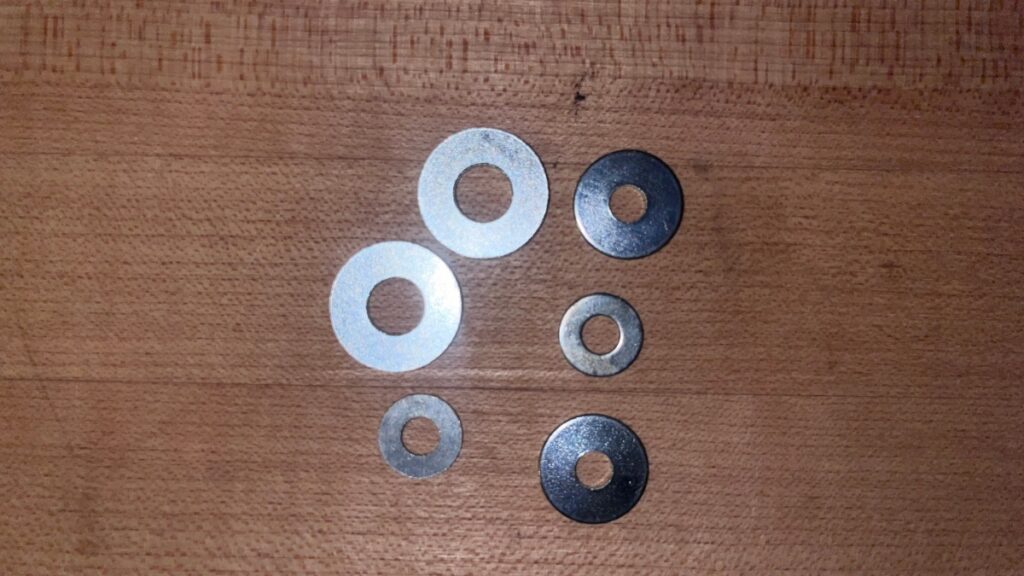
Assortment of Washers
A good assortment of washers can help with a myriad of backcountry repairs.
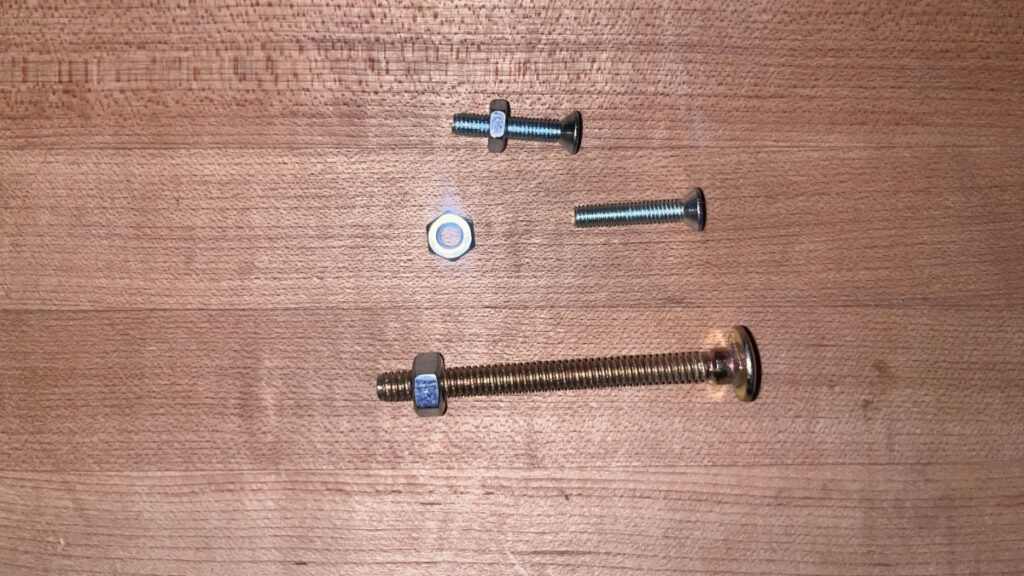
Nuts and Bolts
A couple through bolts and nuts can help re-attach bindings or a blown out turret. Similarly, having a few different sizes can be highly beneficial.
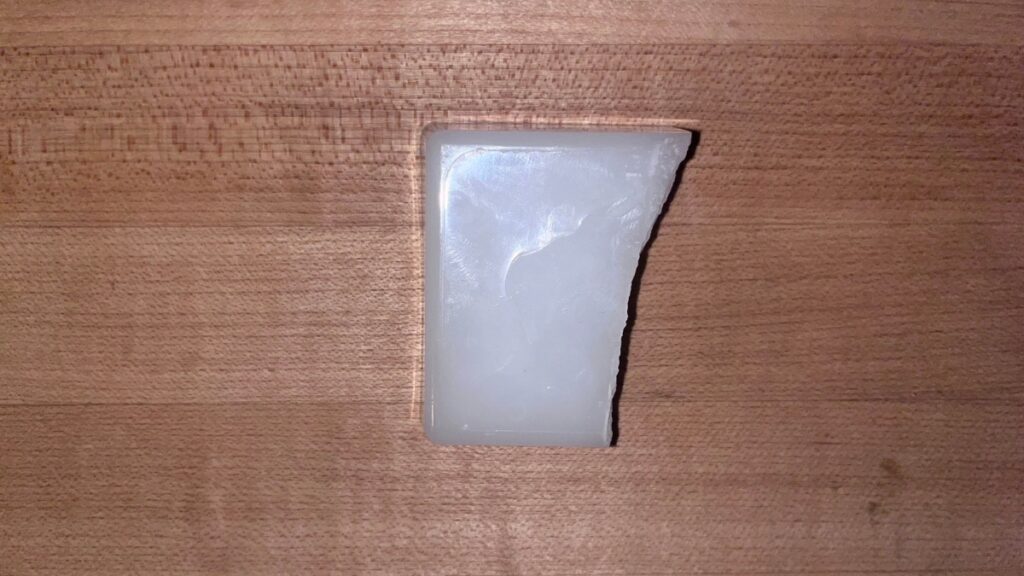
Climbing Skin Wax
Helps with those sticky riding days! Great for warm or variable weather days to repel water on your skins and prevent ice and snow buildup.
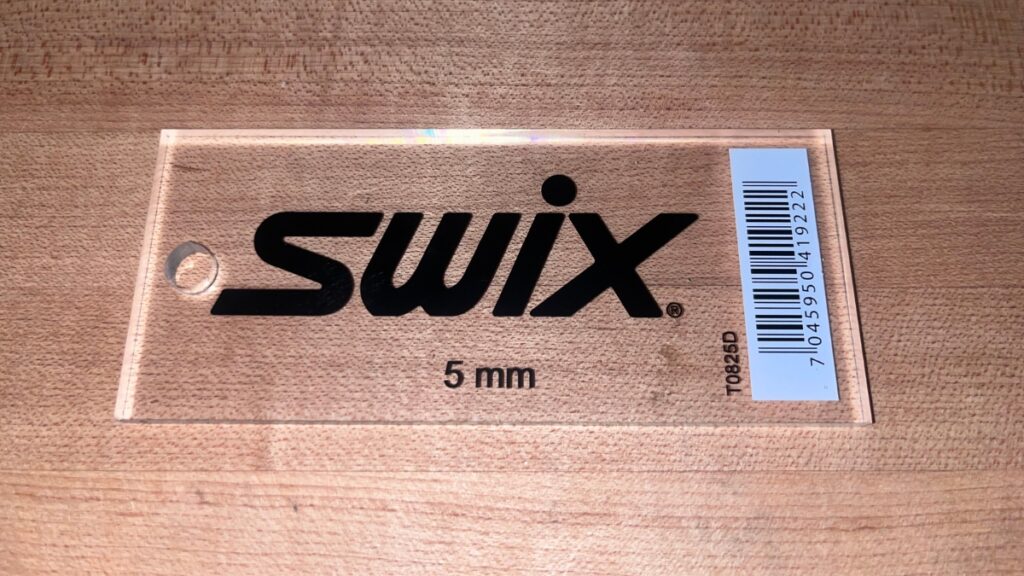
Scraper
Helps break off ice and snow buildup on skis/boards and skins. In addition, you can also use your scraper for layer identification in a snow pit or to splint a ski.
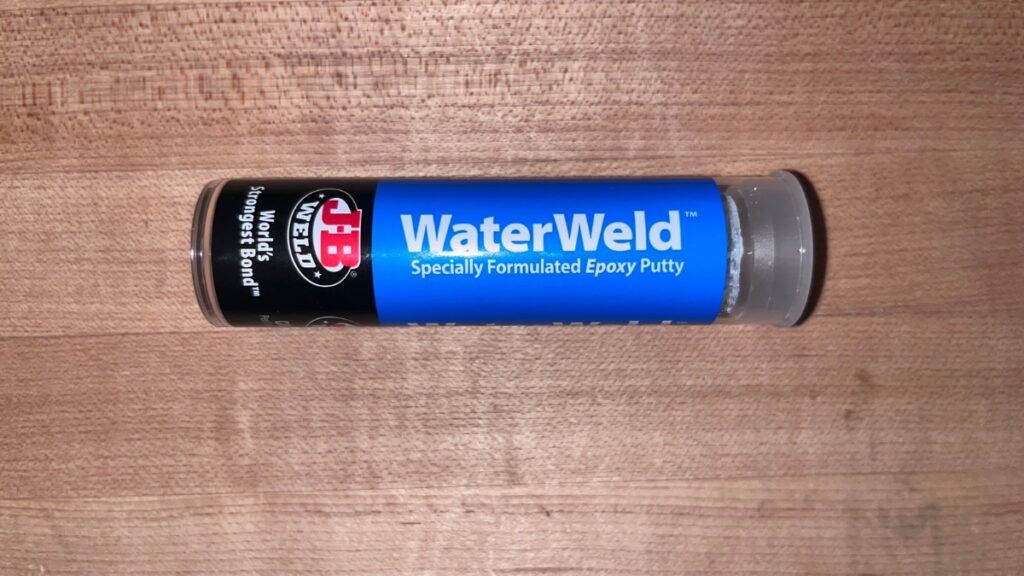
Epoxy Cement
Epoxy cement helps glue in torn out screws on bindings. Find one that sets quickly and works in a wet environment.
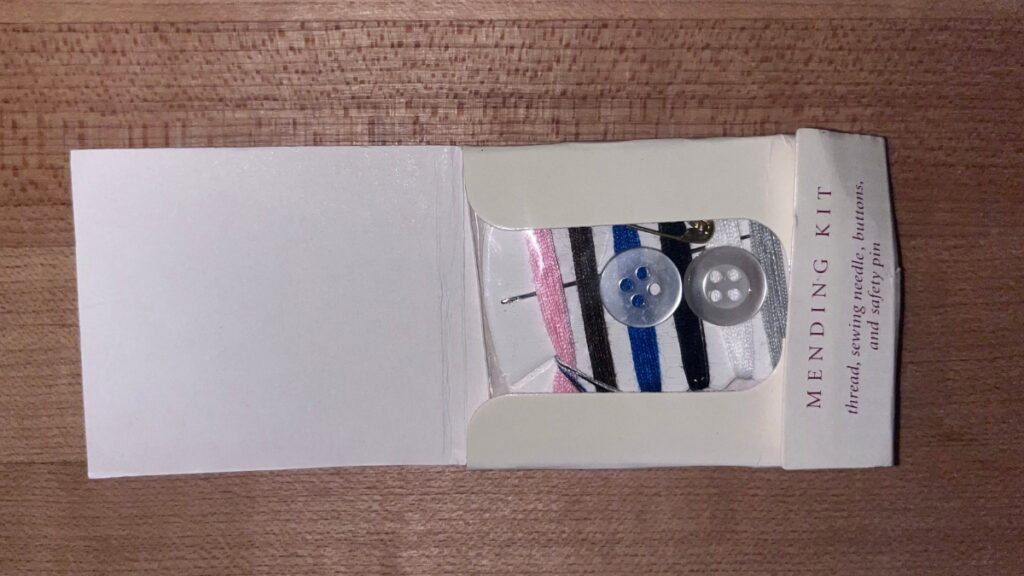
Sewing Needle and Thread
Having a small mending kit can help when you blow the finger out of your warm gloves, or to fix small holes in clothing. A couple buttons can be a nice addition too.
So you’re packing for that five day hut trip? When you’re planning on spending multiple nights in the backcountry, consider beefing up your ski repair kit with some of the following items.
Keep in mind that these multi-day items should reflect the number of days out and the abilities of the riders in your group. That is to say, it’s all about what works for you and the terrain you are planning to play in. Therefore, do your research and ensure you’re prepared!
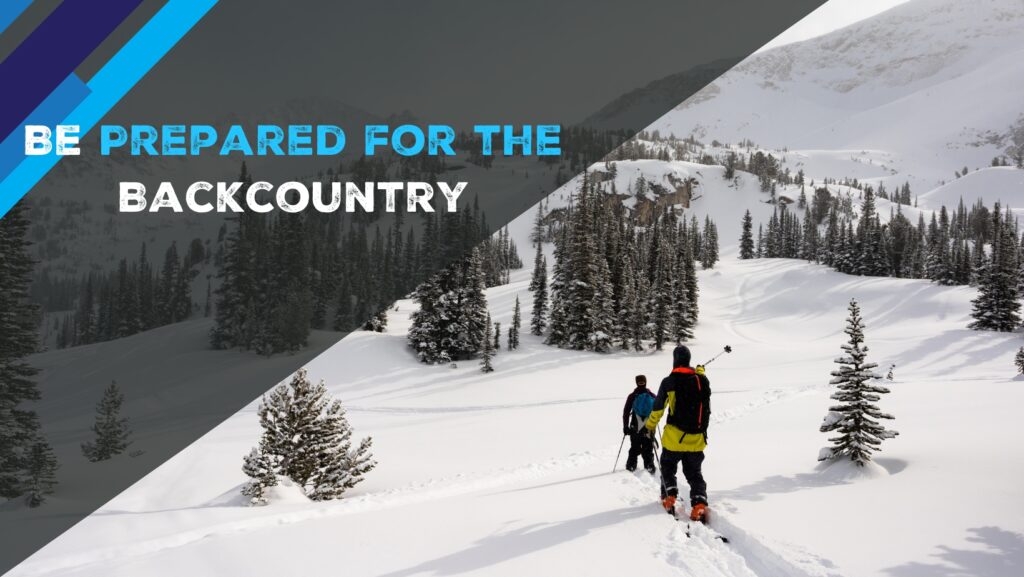
Having a well stocked and versatile backcountry ski repair kit can mean the difference between an excellent day out and a life-threatening situation. Above all, it gives you the means to fix your gear and keep chasing the powder lines.
Because it’s essential to be prepared, ski repair kits can have a little weight to them. So if this is a concern for you, try dividing up the weight between your touring group. Or put in that extra time on the stair stepper!
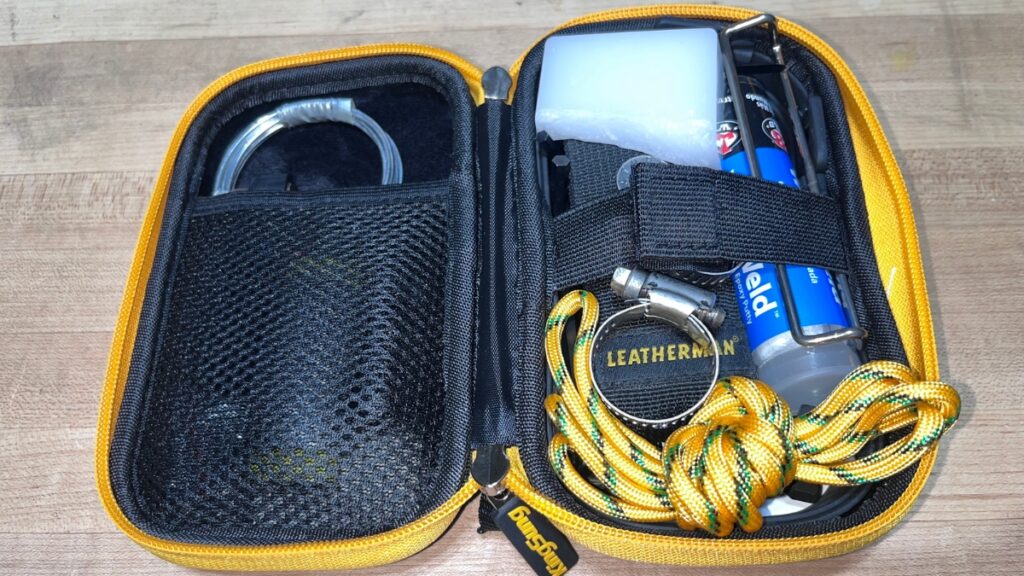
In conclusion, it is important to carry the essentials needed for any backcountry repair. In other words, don’t leave home without your backcountry ski repair kit. The last thing you want is to spend the night in the backcountry without the proper gear.
So, if you’re interested in learning how to explore the backcountry and getting away from riding in resorts, check out some of our winter offerings. Intro to Backcountry Skiing and AIARE 1 are a great place to start.
See you in the backcountry this winter!



Content Copyright © 2024 of Golden Mountain Guides. All rights reserved. | Privacy Policy | Site Map